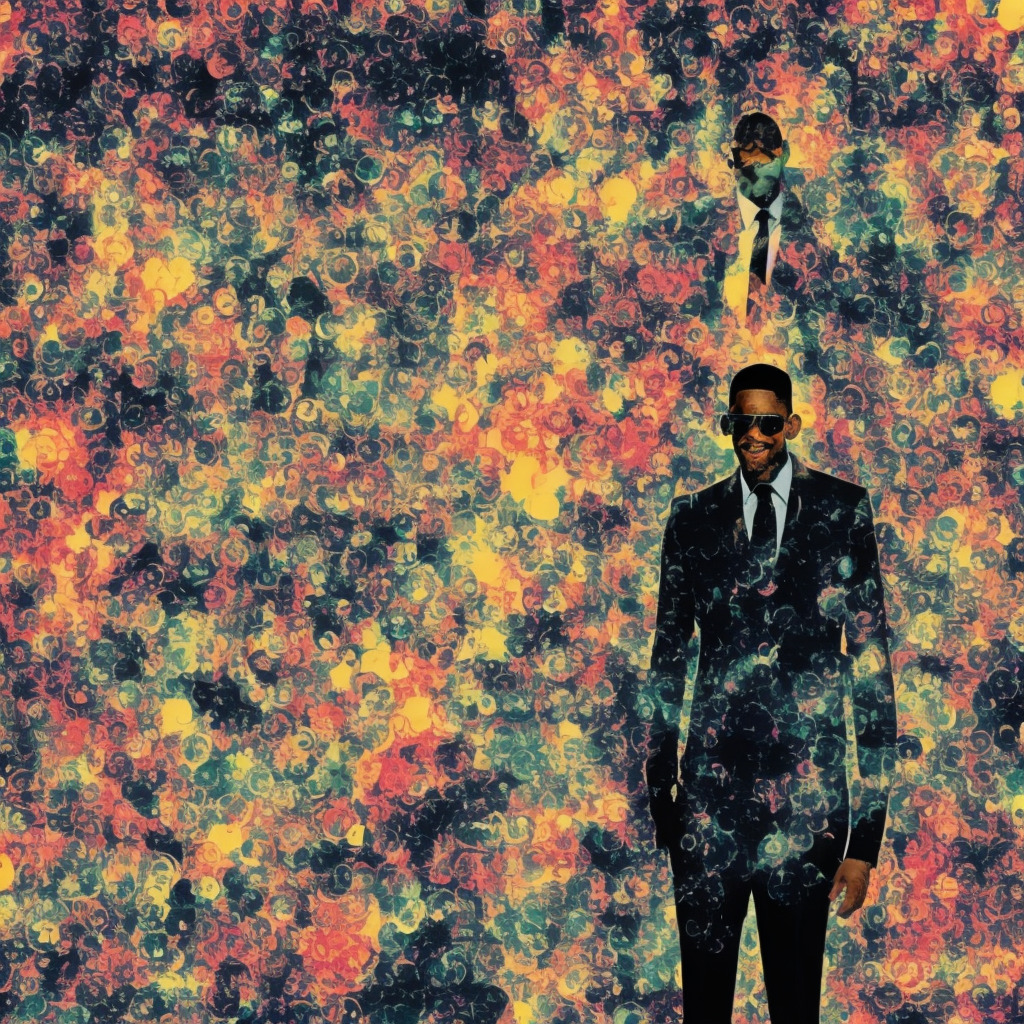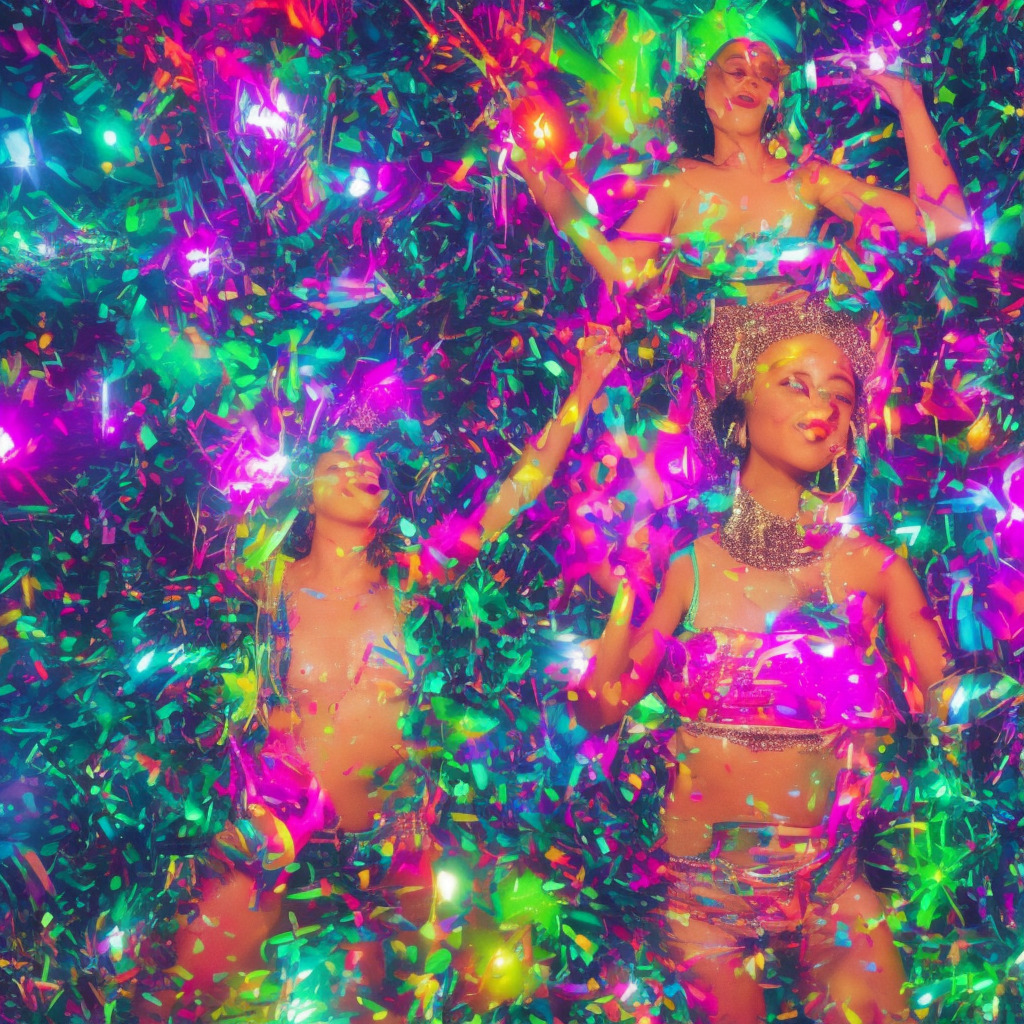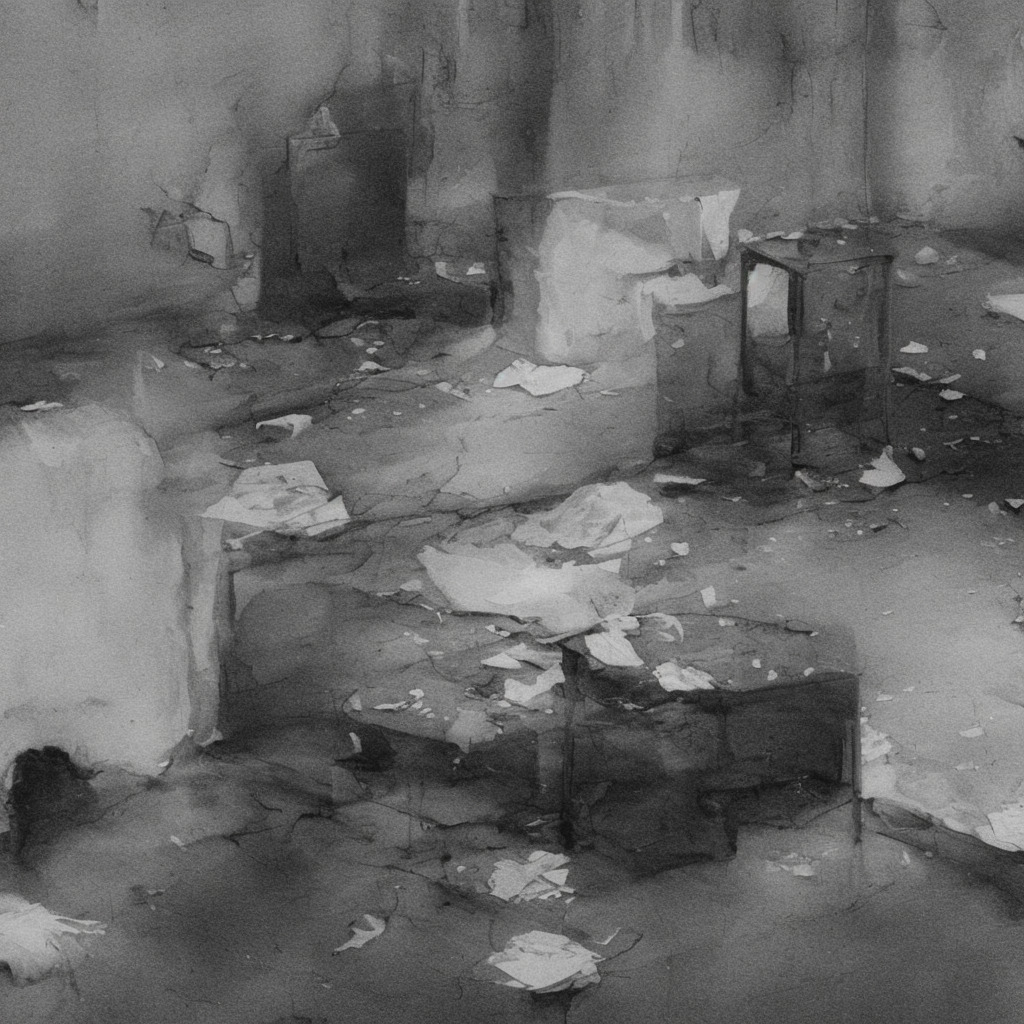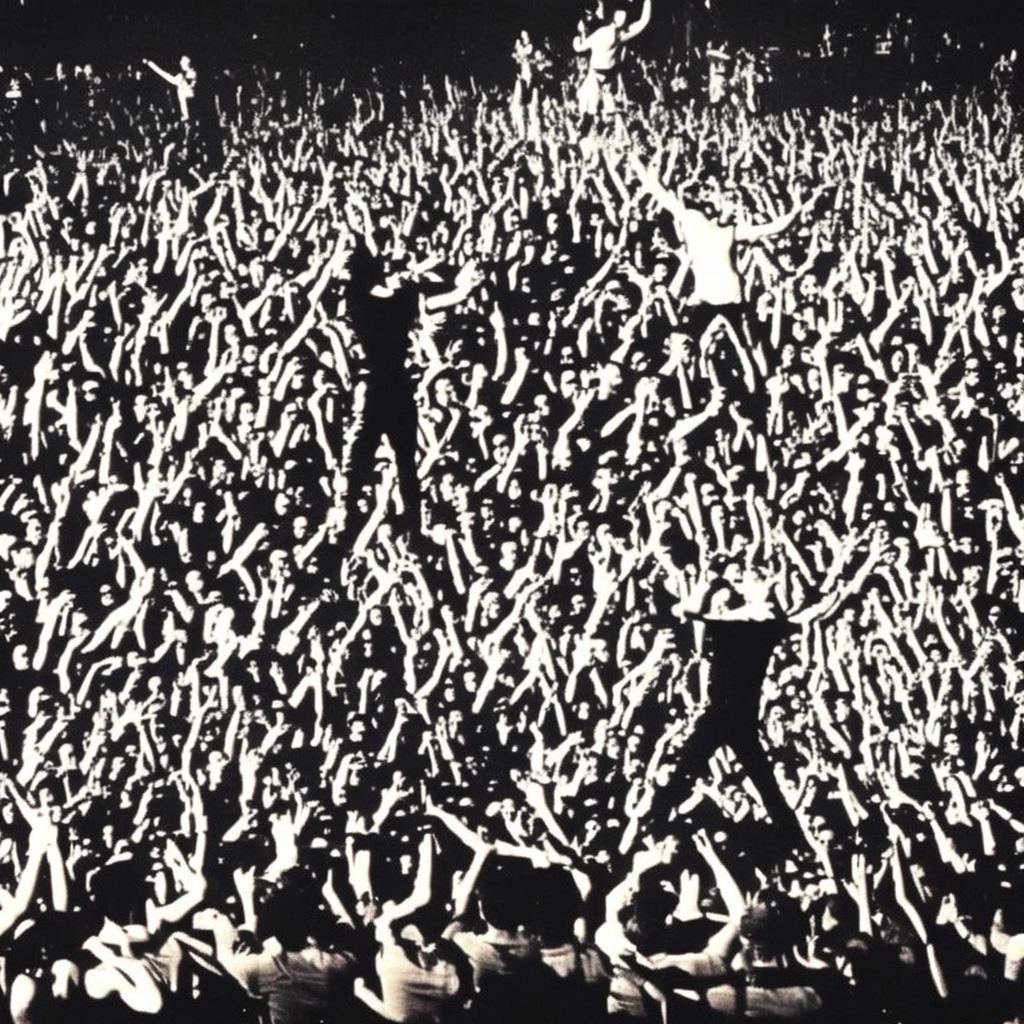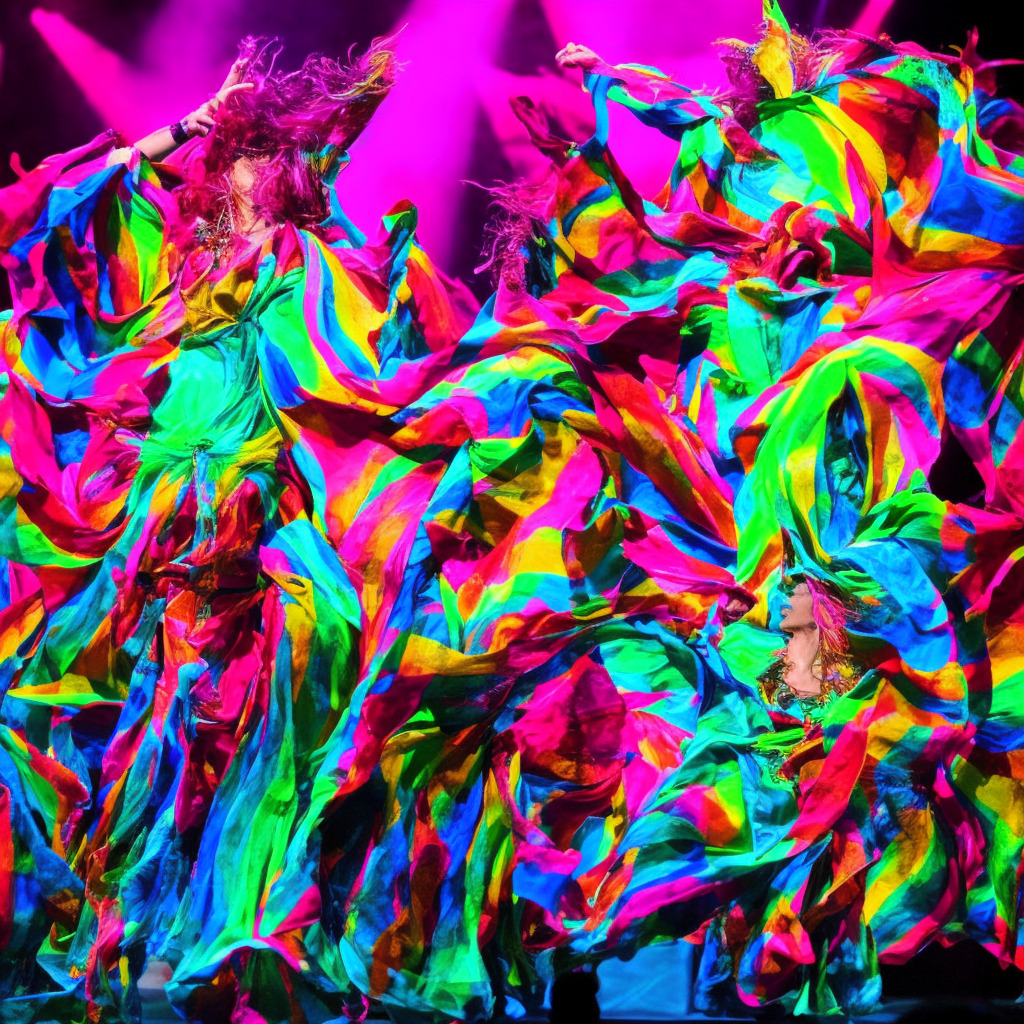🕶️ Did you know Will Smith wrote “Men in Black” in just an hour? 🚀 Still a classic jam 24 years later! Time flies when you’re fighting aliens 👽 #WillSmith #MenInBlack #90sVibes #FunFact Read about it: tinyurl.com/3kusdzu2
Stepping into the World of Will Smith and his Iconic Soundtrack Hit
“Embark on a nostalgic journey through Will Smith’s multifaceted career, as we unpack the legacy of his chart-topping, genre-defying hit, ‘Men in Black,’ and its lasting impact on music and cinema.”
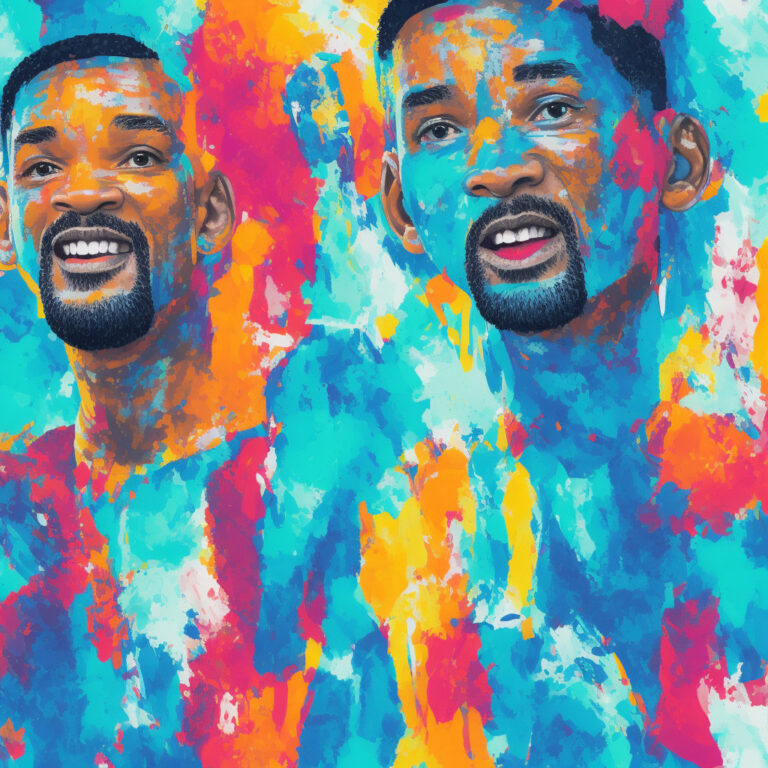
As a multi-talented artist whose career spans over three decades, Will Smith has undoubtedly left an indelible mark on the entertainment industry. Not only is he an accomplished actor, but he has also made significant strides as a rapper and producer. Though widely recognized for his legendary role in the television series “The Fresh Prince of Bel-Air” and numerous blockbuster movies, it is worth delving into one of his most iconic and memorable songs, the chart-topping hit “Men in Black.”
Originally released in 1997, “Men in Black” served as the theme song for the eponymous sci-fi action-comedy film, which starred Will Smith alongside the equally talented Tommy Lee Jones. The funk-infused tune, co-written by Smith himself and produced by the esteemed duo Trackmasters, captivated listeners with its catchy beat, impressive rap verses, and unforgettable lyrics. The song samples the classic track “Forget Me Nots” by Patrice Rushen, infusing contemporary hip-hop with old-school funk elements, creating a truly remarkable piece.
Will Smith’s “Men in Black” did not only dominate the charts, but it also earned him numerous accolades. It topped the charts in countries such as Australia, France, and the United Kingdom, and reached number two on the US Billboard Hot 100 Airplay chart. The well-received music video also gained traction and further augmented the song’s popularity. Smith took home a prestigious MTV Video Music Award for Best Video from a Film, and “Men in Black” received nominations for Best Rap Solo Performance at the 1998 Grammy Awards and for Best Original Song at the 1998 Golden Globe Awards.
While Will Smith’s overall success as a music artist may have been overshadowed by his more recent acting career, it is essential to keep in mind that he has made significant contributions to the hip-hop scene. As part of the duo DJ Jazzy Jeff & The Fresh Prince, he released several successful albums in the late 1980s and early 1990s, such as “He’s the DJ, I’m the Rapper” and “Homebase,” which included the iconic hit “Summertime.”
Despite Smith’s numerous accomplishments, he is not without his fair share of criticism. Some critics argue that his music tends to lean more towards mainstream appeal and commercial success rather than maintaining the raw authenticity of hip-hop. Nonetheless, Will Smith’s impact on both the music and film industry cannot be overstated, and “Men in Black” remains a timeless classic that continues to resonate with audiences across generations.
Charting the Success of a Sci-Fi Smash Hit
Blasting onto the scene in 1997, Will Smith’s “Men in Black” conquered global charts and became a pop culture phenomenon, making history with its catchy beats and award-winning music video.

When it comes to chart success, “Men in Black” certainly made a mark in the music universe. Released on June 16, 1997, the song served as the lead single from both the movie soundtrack of Men in Black and Will Smith’s debut solo album, Big Willie Style. The track immediately caught the attention of fans and critics alike, skyrocketing up the charts.
In the United States, “Men in Black” debuted at an impressive number 5 on the Billboard Hot 100 chart. It didn’t take long for the song to reach its peak position, climbing to number 1 on August 16, 1997, and holding onto the top spot for a total of four consecutive weeks. It’s worth noting that this accomplishment made Will Smith the first artist to have a number 1 single and a number 1 movie in the same week. Talk about a double threat!
The song didn’t just dominate the charts in the United States; it also found international success. “Men in Black” reached number 1 in several countries including the United Kingdom, Australia, France, and Germany. In the UK, it spent a total of four weeks at the top of the UK Singles Chart. The song’s catchy beat and fun lyrics resonated with audiences worldwide and became synonymous with the blockbuster film.
Not only did “Men in Black” enjoy chart success, but it also earned accolades and awards for its memorable music video, which featured scenes from the film intercut with Smith’s performance. The video won the MTV Video Music Award for Best Video from a Film in 1997, further solidifying the song’s status as a pop culture phenomenon.
While it’s been over two decades since “Men in Black” first hit the airwaves, its legacy and chart achievements remain a testament to the enduring appeal of Will Smith’s unique blend of humor, sci-fi, and infectious beats.
Unpacking the Lyrics: An Inside Look
Here come the Men in Black
Men in Black
They won’t let you remember
The good guys dress in black, remember that
Just in case we ever face to face and make contact
The title held by me, M.I.B
Means what you think you saw, you did not see
Will Smith’s “Men in Black” offers both an infectious beat and elusive lyrics that perfectly encapsulate the spirit of the 1997 film it’s tied to. The lyrics reference the covert agents who work to protect the world from extraterrestrial threats, while also ensuring that the general public remains blissfully unaware.
The late ’90s was a time of growing technological advancements and an increased interest in the possibility of extraterrestrial life. As a result, the lyrics of “Men in Black” tap into the cultural zeitgeist, playing on the public’s fascination with the unknown and hidden aspects of the universe. This era saw the rise of conspiracy theories, particularly those involving government cover-ups and secret organizations, which the song subtly alludes to.
In the first stanza, Smith sings about the titular Men in Black, stating that they “won’t let you remember.” This line refers to the agents’ use of a neuralyzer – a device that erases a person’s memory of an alien encounter – which is a central theme in the film. The lyrics’ mention of these mysterious agents not allowing people to remember reinforces the idea of a hidden world that exists beneath the surface of our everyday lives.
The second stanza focuses on Smith’s role as an M.I.B agent, reminding listeners that the “good guys dress in black” and alluding to the secret nature of his work. Smith emphasizes that no one will ever quite know the truth, stating, “Means what you think you saw, you did not see.” This line highlights the Men in Black’s role as guardians of the unknown and protectors of the truth.
Overall, the lyrics of “Men in Black” serve to complement the film’s narrative while also tapping into the spirit of the time. The sense of mystery, intrigue, and secrecy prevalent in the late ’90s is encapsulated by these elusive lyrics, making for a catchy and iconic track that continues to resonate with audiences today.
Behind the Scenes: The Making of “Men in Black” Music Video
One liner: Unraveling the sci-fi magic of Will Smith’s iconic “Men in Black” music video – a seamless blend of rap, CGI, and movie-inspired visuals that still cast their spell.
The iconic music video for Will Smith’s hit song “Men in Black” is a visual delight that captures the essence of the 1997 blockbuster film of the same name. Directed by acclaimed music video director, Robert Caruso, it brings the infectious energy of Smith’s rap and the movie’s sci-fi elements together in a seamless blend of pop culture perfection.
Robert Caruso, known for his work on videos for artists like Stone Temple Pilots and Alice in Chains, was a natural choice to helm the “Men in Black” music video, given his experience in blending storytelling with stunning visuals. The music video, shot in Los Angeles, features Will Smith and his co-star Tommy Lee Jones in their roles as Agents J and K, respectively, with their sleek black suits and signature sunglasses.
The production process for the video was quite elaborate and involved a considerable amount of special effects and CGI. One of the most memorable scenes involves Smith dancing with an alien CGI character, which showcased the budding technology of the time. The video’s budget is estimated to be around $1 million, which might seem extravagant for a music video during that era, but its high production value and visual appeal made it a worthwhile investment.
Artistically, the video takes a fun and light-hearted approach, much like the movie itself. The set design includes elements like futuristic technology, alien creatures and weaponry, which are reminiscent of the film’s elaborate universe. The iconic “Men in Black” dance sequence, choreographed by Will Smith himself, adds an exciting and engaging dimension to the video.
Further adding to the video’s appeal, it features a cameo from Patrice Rizzo, who played Frank the Pug in the movie. This adorable and sassy alien disguised as a dog delivers some witty lines that contribute to the overall humor and charm of the video.
In the years since its release, the “Men in Black” music video has garnered millions of views on platforms like YouTube, and it continues to be a fan-favorite. It has inspired countless tributes, parodies and even flash mobs, all testaments to the enduring impact of this pop culture phenomenon.
The Maestro Behind “Men in Black”
The composer responsible for the instantly recognizable tune of “Men in Black” is none other than American record producer and songwriter Patrice Rushen. While she’s best known for composing the theme song for the blockbuster film Men in Black, starring Will Smith, Rushen has a remarkably extensive career that spans over multiple decades. Her unique blend of R&B, jazz, and pop gained her widespread acclaim throughout the industry.
One of Rushen’s most notable compositions is the 1982 hit song “Forget Me Nots,” which garnered her a Grammy nomination and is still cherished as a classic dance track today. Besides her work in the music industry, she has also lent her talents to several television and film projects, including composing for the TV show “The Steve Harvey Show” and the Eddie Murphy film “The Golden Child.” Patrice Rushen’s diverse and accomplished discography continues to be a testament to her undeniable talent and versatility within the music landscape.
Awards, Accolades, and Appearances
Crowning a cultural phenomenon, Will Smith’s iconic “Men in Black” triumphs with awards, media features, and diverse covers, solidifying its timeless impact on music and pop culture.
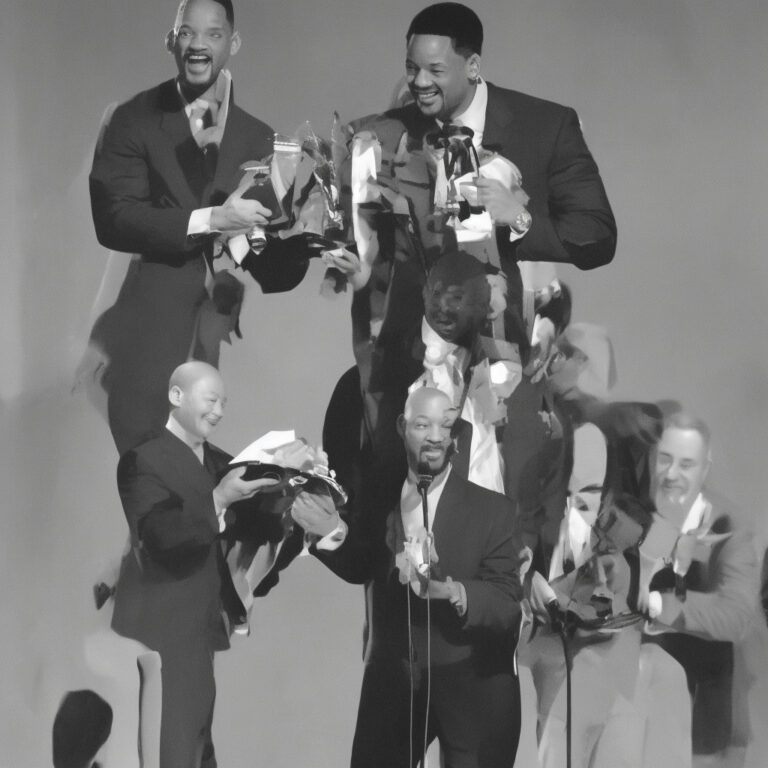
“Men in Black” by Will Smith has been a powerhouse of a single since its release in 1997, earning numerous awards and accolades. The track snagged a Grammy Award for Best Rap Solo Performance in 1998, proving its impact on the music scene. It also received nominations for Best Video from a Film at the MTV Video Music Awards and Best Male Video.
Beyond the awards circuit, “Men in Black” made quite a splash in various forms of media. The song was the theme for the 1997 science fiction action-comedy film of the same name, starring Will Smith and Tommy Lee Jones as secret agents tasked with monitoring alien activity on Earth. The film’s success further propelled the single, eventually turning it into a cultural phenomenon.
As with many iconic songs, “Men in Black” has been featured in multiple TV shows and video games. It has been utilized in episodes of popular series like “The Simpsons,” “Family Guy,” and “Brooklyn Nine-Nine.” The song’s catchy rhythm and connection to the film franchise made it a perfect addition to the video games “Men in Black: The Game” (1997) and “Men in Black: Alien Crisis” (2012).
Throughout the years, “Men in Black” has inspired several cover versions, a testament to its lasting impact on the music world. While none have quite reached the level of success that Will Smith’s original achieved, various artists from different genres have put their spin on the song. Notable covers include a ska-infused rendition by the band Suburban Legends in 2008 and a rock-tinged version by the Australian group Forever the Optimist in 2012.
In summary, “Men in Black” continues to hold its place as a prominent and influential track in both popular culture and the music industry. Its numerous awards, media appearances, and cover versions are evidence of the song’s lasting appeal and widespread impact.
Diving into the Musical Depths
It’s time to delve into the musical structure of “Men in Black” and uncover the intricacies that make it such a catchy and memorable tune. It’s actually the key it was written in, F-sharp minor, that gives this song its distinctive sound. This key is relatively uncommon in pop music, giving it a unique quality that sets it apart from other tracks.
The chord progression for the majority of the song is F#m – C#m – Bm – D. This progression provides a strong foundation for the melody and creates a sense of tension and release. The verse and chorus share the same chord progression, which is a technique that can make a song feel more cohesive and easier to remember. The pre-chorus introduces a brief shift to a Bm7 – E9 chord progression, which adds a bit of variety to the song and serves as a bridge between the verse and chorus.
The tempo of “Men in Black” is set at a moderate 108 BPM (beats per minute), which gives the track a laid-back groove that complements the playful lyrics and Will Smith’s smooth vocal delivery. The beat is driven by a syncopated rhythm, which is created through the use of off-beat accents on the snare drum and hi-hat. This rhythmic pattern contributes to the overall “cool” vibe of the track and is a key component of its appeal.
One of the most notable features of “Men in Black” is its use of brass instruments, particularly the trumpet and saxophone, which are prominently featured throughout the song. The brass section adds a touch of sophistication and a jazzy flair to the track, while also providing a catchy melodic hook that’s guaranteed to get stuck in your head. The bass line is also an essential part of the song’s success, using a walking bass pattern that adds depth and movement to the track.
Another interesting aspect of “Men in Black” is its use of various sound effects and samples, such as the iconic laser gun sound that’s heard at the beginning of the track and throughout the song. These elements add an extra layer of intrigue and contribute to the song’s overall theme of secret agents and extraterrestrial encounters.
In conclusion, the unique combination of an uncommon key, a strong chord progression, a syncopated rhythm, and the inclusion of brass instruments and sound effects make “Men in Black” a one-of-a-kind track that continues to delight listeners even after all these years.

